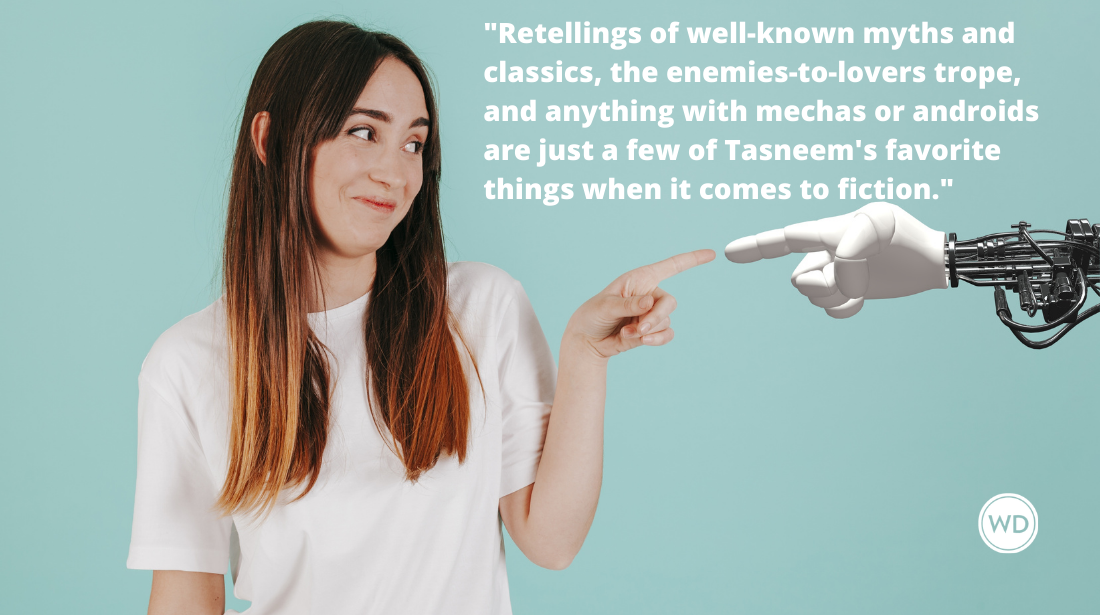The Short Leap from Fiction to Copywriting
Curious how you go from writing fiction to writing copy? Meet Pat McCord, a successful published fiction writer who successfully made the leap to well-paid freelance copywriter—and back again! (From Rebecca)
Editor’s Note: The following content is provided to Writer’s Digest by a writing community partner. This content is sponsored by American Writers & Artists Inc. www.awaionline.com.
Curious how you go from writing fiction to writing copy?
Meet Pat McCord …
A successful published fiction writer who successfully made the leap to well-paid freelance copywriter – and back again!
Rebecca
I knew I wanted to write fiction by the time I was twelve. I’d sit out back with my older sister and craft “novels” divided into real chapters, reading each page to her as it came off the end of my yellow pencil. She seemed to love every word I wrote, and that didn’t change when years later I mailed her my first published books.
The assumption that I’d one day make a living as a writer was a given in my family. What they didn’t know, and I didn’t know at the time either, was that the road to that obvious outcome could involve detours when contracts were delayed, ideas shelved, or books went out of print.
I tried working in the corporate world, but that left me almost no time for my fiction. So mid-career I added copywriting to my bank of money-making skills. As a copywriter, I figured I’d be able to fill in the gaps in my income,
but I have to admit I was a little worried. Writing ad copy seemed so different at first. I wondered if I’d have to betray my art to make a living?
But, funniest thing, I’ve found more similarities between fiction writing and copywriting than I ever imagined. In fact, my background in creating fiction helped me make the leap, astonishingly fast, from novice to a well-paid copywriter with plenty of time to focus on my fiction.
With ad copy, nothing sells like a good story, especially if it has an emotional hook. Consider the dog trapped under storm rubble, rescued by The Humane Society. Or the woman who quits smoking for her worried kids by taking Chantix. People who feel the message are much more likely to say yes to a product or service.
By definition, writing stories comes naturally to us fiction writers. We know how to build suspense in a sentence or two, how to create memorable characters with just a few well-chosen details, and how to illicit emotion without relying on flat words like ‘afraid’ or ‘happy.’ The major difference is that with copywriting, the stories are not manufactured, they are true.
I also learned that effective copywriting uses a conversational tone--writing as if the reader is a friend sitting next to us, like chatting but more succinct. In other words dialog, what fiction writers produce every day. In fact, we think in dialog. Not everyone does.
Also, when we write fiction, we may not realize we’re selling, but in fact we are. We must create locations vivid enough that readers can believe they are orbiting Jupiter or in 1865 Appomadox. That’s selling. And we have to sell our characters as good guys, bad guys or something in between.
So the feared betrayal has never happened. In fact, one skill enhances the other, and that recently included producing the rough draft of a mystery novel in 84 days—quick, to the point, with an economy of words. . . like any good copywriter.
To your writing success,
Pat McCord







